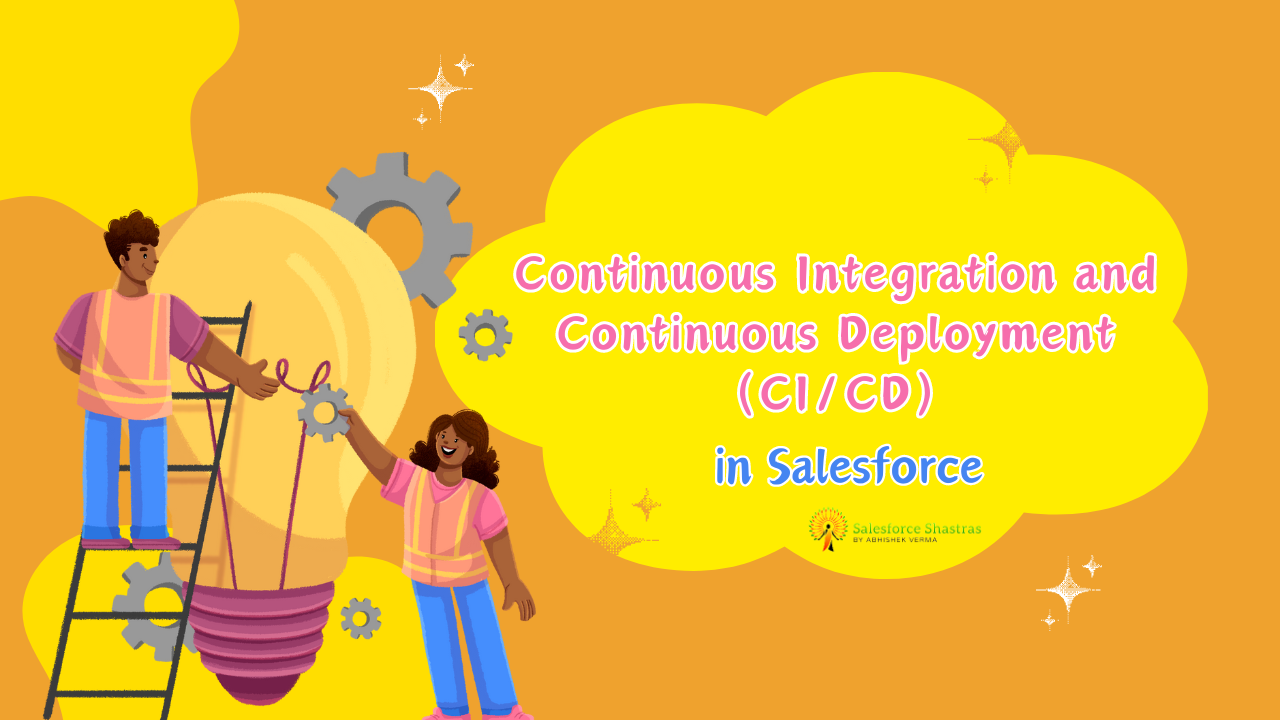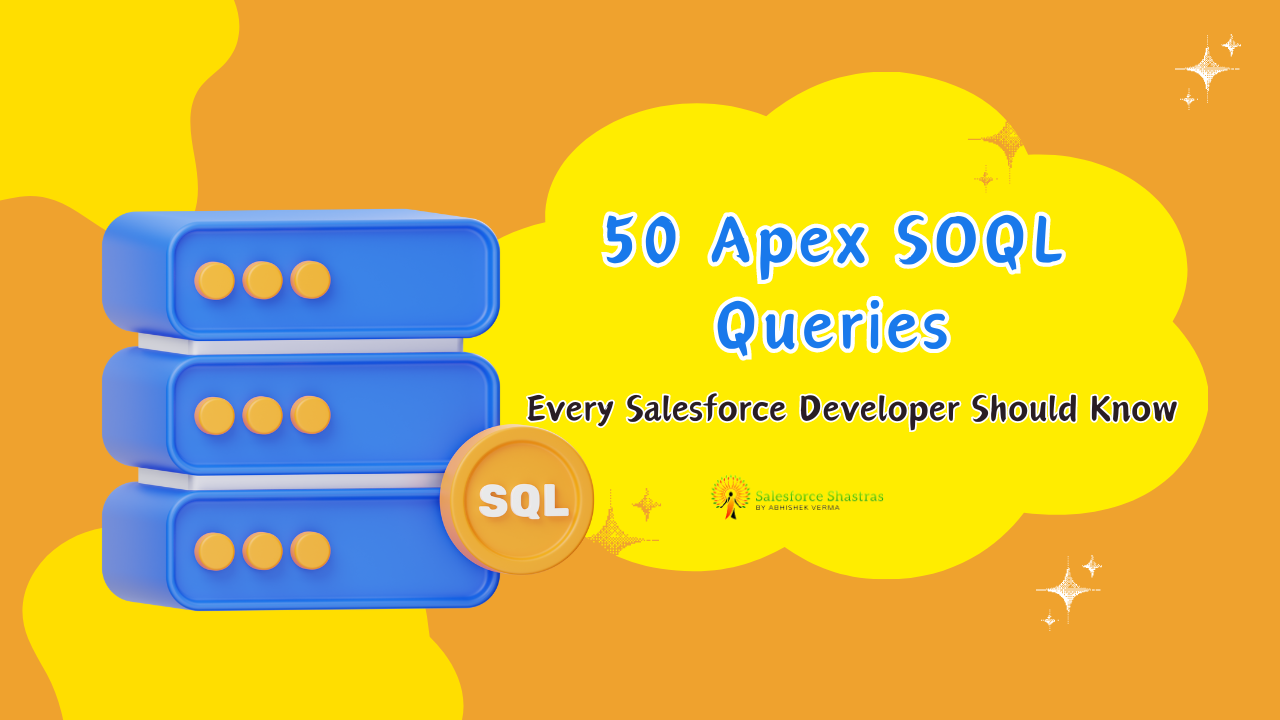Ever wondered how the most successful Salesforce projects keep their momentum, continuously improving without crashing during updates or new feature rollouts? The magic sauce is often a robust CI/CD (Continuous Integration/Continuous Deployment) pipeline that ensures updates are as smooth as cream cheese on a bagel. Whether you’re dipping your toes into the Salesforce ecosystem or you’re familiar but not quite friends yet with CI/CD, I got you covered. In this blog we will understand the concepts to leveraging CI/CD in Salesforce in your next Salesforce project.
What is CI/CD?
Before we dive deep into the Salesforce-specific aspects, let’s set a solid foundation by understanding what CI/CD is and why it’s a game-changer in software development. CI/CD stands for Continuous Integration and Continuous Deployment, a method tightly bonded to the agile software development approach. It emphasizes the importance of testing and automation in deploying applications.
- Continuous Integration (CI) is about merging all developers’ working copies to a shared mainline several times a day. The main goal here is early detection of issues and minimizing merge conflicts.
- Continuous Deployment (CD) takes automation a step further by automatically deploying the code to production after it passes all stages of your testing process.
Why does this matter? Well, CI/CD streamlines development, encourages smaller, more manageable updates, and drastically reduces the risk associated with deploying new features or fixes.
Salesforce and CI/CD: Perfect Together
Salesforce, with its cloud-based prowess and comprehensive suite of tools for CRM and beyond, offers a fertile ground for implementing CI/CD. The dynamic nature of Salesforce projects, where customization and fast-paced updates are the norms, makes CI/CD not just beneficial but, frankly, essential for staying on top of your game.
Getting started with Continuous Integration and Continuous Deployment (CI/CD) in Salesforce
- Understanding CI/CD: Before you start, it’s important to understand what CI/CD is and how it can benefit your Salesforce development process. Continuous Integration is about automatically moving work items along a release pipeline, through environments for combining and testing packages, before promoting them to production. Continuous Deployment is about immediately deploying changes to a downstream environment in your release pipeline as soon as a change or work item has been approved and merged into version control.
- Setting Up Source Control: The first step in setting up a CI/CD pipeline is to establish a source control system. Git is a popular choice for this. All changes to the codebase are committed to this system, providing a single source of truth.
- Salesforce DX: Salesforce DX is a set of tools provided by Salesforce for managing and synchronizing the source of truth with your Salesforce orgs. Salesforce DX provides a command-line interface for creating and managing orgs, importing and exporting data, and running tests.
- Choosing a CI/CD Tool: There are several CI/CD tools available that can integrate with Salesforce. Some popular choices include Jenkins, CircleCI, and GitLab CI/CD. These tools can automate the process of getting the latest code from the version control system, deploying it to a Salesforce org, running tests, and if all tests pass, deploying it to the production org.
- Automated Testing: Write comprehensive unit tests for your code. Salesforce provides an Apex testing framework for this purpose. The CI/CD pipeline should run these tests automatically and only allow changes to be deployed to production if all tests pass.
- Code Review: Implement a code review process. When a developer commits changes, another team member should review the code before it’s merged into the main branch. This helps to maintain code quality and share knowledge within the team.
Benefits of CI/CD in Salesforce
- Faster Release Cycle: CI/CD enables teams to deliver features and bug fixes to customers more quickly and frequently.
- Improved Quality and Reliability: Automated testing in the CI/CD pipeline helps to catch bugs and errors early before they reach production.
- Reduced Risk: By integrating and deploying changes frequently, you reduce the risk of large-scale failures and make it easier to rollback if something goes wrong.
- Increased Efficiency: Automation of the build, test, and deployment processes frees up developers’ time, allowing them to focus on coding rather than manual tasks.
There are several CI/CD tools that can be used with Salesforce. Here are some of them:
- Standard Automation Tools: These are cross-platform automation tools that can be used on many different platforms.
- Git Hosting Platforms: Most of the major Git hosting platforms offer CI/CD capabilities.
- Salesforce-specific Tools: These tools offer CI/CD as part of their DevOps solutions specifically for Salesforce.
These tools can help automate the process of getting the latest code from the version control system, deploying it to a Salesforce org, running tests, and if all tests pass, deploying it to the production org. The choice of tool can depend on your team’s specific needs and the complexity of your Salesforce environment.
Conclusion
Implementing CI/CD in Salesforce can significantly improve your team’s productivity, software quality, and delivery speed. It requires an investment in tools and practices, but the benefits are well worth it. By integrating and deploying changes frequently, you can ensure that your Salesforce applications are always up-to-date and delivering value to your users.




One thought on “CI/CD in Salesforce”